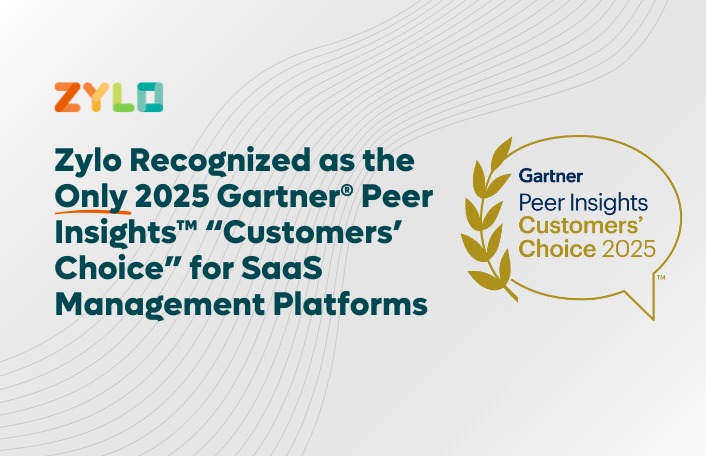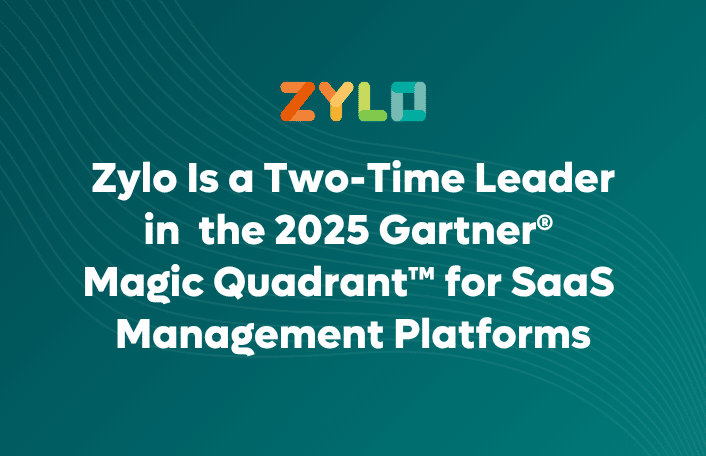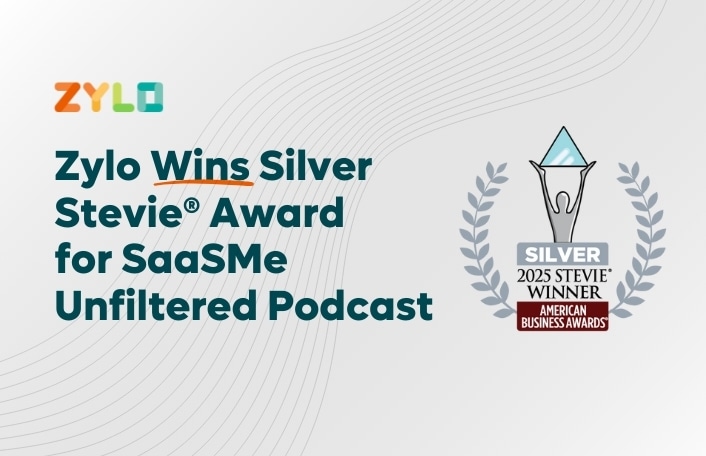
Zylo Recognized as the Only “Customers’ Choice” Provider in 2025 Gartner® Peer…
Zylo is the only provider recognized as both a Gartner Magic...
Back
Back
Search for Keywords...
News & Press

12/13/2017
Managing the explosive growth in SaaS and Cloud applications is largely uncharted territory. While some principles of traditional software asset management can be applied to managing cloud and SaaS applications, the way software is purchased has fundamentally changed and the management and governance of software is evolving.
Some SaaS applications are purchased and implemented as strategic, and often expensive, systems across the enterprise and involve IT and Finance in the process. Other SaaS applications are purchased as a niche solution or for a specific tactical use and the line of businesses run the evaluation and purchasing process, implement it in their area and ensure their team is using it without involvement from IT and Finance. The strategic impact of an application, how many employees use it and how much it costs validate that all SaaS applications are not created equal in the enterprise and they should not be governed the same way, either.
Application spend, contract information and utilization data are the key data inputs to create a SaaS system of record, but those are ultimately just data points to collect. The real opportunity to bring order to a typically fragmented SaaS solution portfolio is what you can do with the spend, contract information and utilization data when you have it all behind one pane of glass. Having one system of record is a requirement to gain full visibility into ALL of the enterprise SaaS. With one system of record, the business can proactively manage spend and vendors, measure utilization and optimize license deployment in near real-time. The next level of SaaS Management includes:
We see trends popping up among our enterprise customers that are helping put a framework around this for others to adopt:
Most IT organizations are transitioning from the mode of doing everything related to technology to knowing about and orchestrating everything related to technology. This is a big shift and an important one for the success of future CIOs.
Balancing risk mitigation agendas with innovation agendas is incredibly hard to do without a framework to assess what technology is deployed across the enterprise, how much money is spent on it and the level of integration and impact it has on the business. Once there is a SaaS system of record to bring the enterprise together, setting up appropriate policies and procedures becomes a manageable feat. As with most areas of our personal and professional lives, the two keys to success are communication and transparency. Bring the business along on the SaaS governance journey to ensure the outcome is a successful one.
This article was originally posted on Computerworld.

Zylo is the only provider recognized as both a Gartner Magic...

Positioned furthest in vision and highest in execution for the second...

Zylo’s standout employee engagement leads to national recognition for workplace excellence...

Recognized as “a benchmark for thought leadership in SaaS Management,” Zylo’s...
| Cookie | Duration | Description |
|---|---|---|
| cookielawinfo-checkbox-analytics | 11 months | This cookie is set by GDPR Cookie Consent plugin. The cookie is used to store the user consent for the cookies in the category "Analytics". |
| cookielawinfo-checkbox-functional | 11 months | The cookie is set by GDPR cookie consent to record the user consent for the cookies in the category "Functional". |
| cookielawinfo-checkbox-necessary | 11 months | This cookie is set by GDPR Cookie Consent plugin. The cookies is used to store the user consent for the cookies in the category "Necessary". |
| cookielawinfo-checkbox-others | 11 months | This cookie is set by GDPR Cookie Consent plugin. The cookie is used to store the user consent for the cookies in the category "Other. |
| cookielawinfo-checkbox-performance | 11 months | This cookie is set by GDPR Cookie Consent plugin. The cookie is used to store the user consent for the cookies in the category "Performance". |
| viewed_cookie_policy | 11 months | The cookie is set by the GDPR Cookie Consent plugin and is used to store whether or not user has consented to the use of cookies. It does not store any personal data. |
